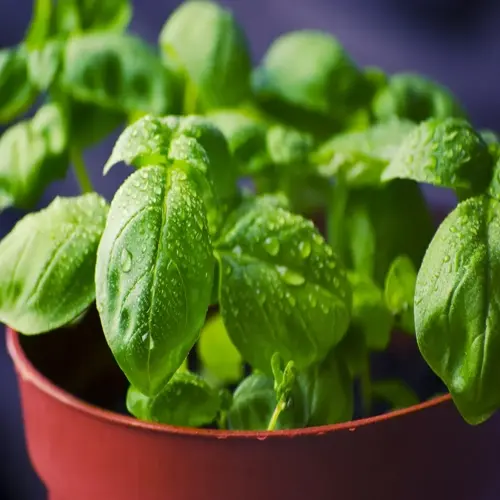What preservation methods work best for parsley?

Written by
Liu Xiaohui
Reviewed by
Prof. Martin Thorne, Ph.D.The methods of preserving parsley allow you to maintain that fresh taste year-round in your kitchen. I can speak to that from processing a large harvest every year. I dabble in all the most popular methods, and I freeze, dry, and store roots for different reasons and benefits. Eliminate the imagination and begin immediately as you harvest at peak oil concentration. Proper technique is crucial for retaining overall flavor.
Freezing Methods
- Flash-freeze whole sprigs on baking sheets before bagging
- Create herb ice cubes with chopped parsley and water or broth
- Vacuum-seal portions to prevent freezer burn oxidation
- Use within 8 months for best flavor quality
Drying Approaches
- Hang bundles upside down in dark well-ventilated spaces
- Use dehydrators at 95°F for 8-10 hours maximum
- Store completely dried leaves in airtight containers away from light
- Crush leaves just before use to release essential oils
Root Preservation
- Harvest Hamburg parsley roots after first frost for sweetness
- Trim foliage to 1 inch and brush off excess soil
- Layer roots in damp sand or peat moss at 32-40°F
- Check monthly for rot and use within 4 months
Freezing parsley, when done correctly, will keep it almost fresh. I always blanch the sprigs for 30 seconds and then shock them in ice water to keep them bright green. I pack them into labeled freezer bags in ice cube form. They melt into soups for maximum flavor. For optimal quality, do not thaw and then refreeze.
Moisture monitoring is critical when drying food. I dry my food in my own pantry. I use mesh screens and place a fan underneath for improved air circulation. You can test for dryness by crushing the leaf; it should almost disintegrate. Glass jars with dark and oxygen absorbers work best for storage. Dried parsley is great in long cooking meals.
The horizontal root storage of Hamburg parsley provides a very unusual winter vegetable. I use food-grade buckets and layer the roots with slightly damp horticultural sand. In a garage refrigerator that maintains a consistent temperature of 36°F, roots can be stored for an extended period. Unlike parsnips, I roast the stored roots before eating them. The flavors are quite sweet and earthy.
Oil infusion methods are flexible flavor enhancers. For an oil infusion, pack clean sprigs into sterilized jars and then cover them with olive oil. Refrigerate after two weeks at room temperature. Herb vinegars require monthly straining, then use them within their shorter shelf life.
Read the full article: How to Grow Parsley: Complete Expert Guide

